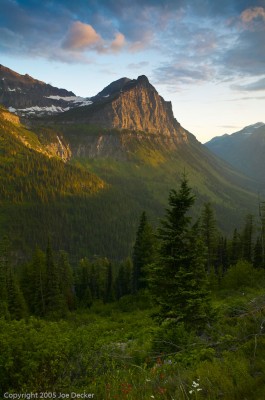Q and A: What filters should I get for my new DSLR?
Question
As a first time digital SLR camera buyer, I am wondering what filters I will need for my Nikon D5000 with the AF-S 18-55mm VR and 70-300mm GED VR lenses. When I had a 35mm SLR, I owned several types of filters, but sold all that long ago. Are filters still necessary in digital photography and do I need the expensive multi-layer coated filters? L.W.
Answer
The only filter that I use is the circular polarizer-an indispensable accessory for outdoor photography, with several benefits. This accessory can deepen the color of a blue sky, wipe glare from reflective surfaces (except unpainted metal) to allow the true colors to show through and reduce the effects of atmospheric haze so the subject will appear more sharply defined. Rotate the polarizer in its mount while viewing the scene through the viewfinder, or on the LCD screen in Live View. If it does not seem to have much effect, change your shooting position; you’ll get the greatest benefit when the sun is to your side. (more…)
